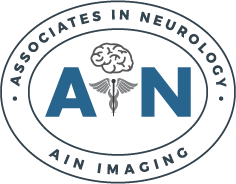
Cerebral palsy (CP) is a type of neurological disorder that affects movement and muscle coordination. It typically originates from anomalies in the developing brain. These issues can interfere with mobility and function; however, the appropriate cerebral palsy treatment can improve quality of life.
Neurologists usually prescribe physical therapy as part of a comprehensive treatment plan. It is crucial to address the specific needs and challenges of individuals with cerebral palsy.
This article talks about physical therapy in cerebral palsy treatment and recommends a neurology practice in Southeast Michigan.
How Does Physical Therapy Benefit Patients with Cerebral Palsy?
Here are some key ways in which physical therapy proves instrumental in improving the lives of cerebral palsy patients:
1. Enhancing Mobility
Through exercises, stretches, and other techniques, physical therapy helps improve muscle strength, flexibility, and coordination. An individual’s ability to move is enhanced with physical therapy.
2. Facilitating Motor Development
Physical therapy interventions focus on promoting motor skill development. This helps individuals with cerebral palsy gain better control over their movements and coordination.
3. Improving Balance and Posture
Targeted exercises and balance training incorporated in physical therapy programs work towards enhancing balance and posture stability. This reduces the risk of falls and improves overall body alignment.
4. Optimizing Functionality
Physical therapy helps with honing specific functional skills such as walking, sitting, and standing. As a result, individuals with cerebral palsy can become more independent in their daily lives.
3 Important Phases of Physical Therapy
Physical therapy for cerebral palsy treatment has three essential components. Physical therapists focus on relieving pain, strengthening muscles, and increasing functional independence.
1. Relieving Pain from Cerebral Palsy
Physical therapists employ various modalities such as heat/cold therapy, electrical stimulation, massage, and ultrasound to alleviate pain commonly experienced by individuals with cerebral palsy. Manual therapy techniques like joint mobilization and soft tissue manipulation help reduce discomfort and enhance mobility.
Targeted stretching exercises prescribed in physical therapy programs help loosen tight muscles, reduce spasms, and alleviate musculoskeletal pain. Relaxation techniques incorporated in therapy sessions aid in calming muscle tension and promoting greater patient comfort.
2. Strengthen Muscles and Build Endurance
Physical therapy programs include progressive strength training exercises to improve muscle strength, endurance, and function. Physical therapists use resistance bands, weights, and bodyweight exercises to target specific muscle groups. Overall, it helps with enhancing stability and motor performance.
Core strengthening exercises focus on the abdominal and back muscles, fostering postural control, balance, and functional movement patterns. Improved core stability leads to better trunk control and helps with overall mobility for cerebral palsy patients.
3. Increase Functional Independence
Gait training programs aim to refine walking patterns, enhance stride length, promote proper foot positioning, and optimize overall gait mechanics. Using assistive devices like walkers, canes, and orthotic supports also help ensure safe and efficient walking.
Balance and coordination exercises challenge proprioception, spatial awareness, and motor coordination. With regularity, they help improve balance and postural control. Functional activities such as reaching, bending, and stepping are also used to enhance daily living skills and functional independence.
Where To Find a Physical Therapist for Cerebral Palsy Treatment
The most important step in managing cerebral palsy is to see a neurologist for cerebral palsy treatment. A neurology doctor will coordinate your care and prescribe sessions with a physical therapist.
It is not uncommon for neurologists to work with LSVT Therapy-Certified Specialists, who have advanced training in therapies to address the challenges faced by individuals with neurological conditions. In one study, children diagnosed with spastic cerebral palsy not only tolerated intensive voice therapy but also showed improvements in specific areas of vocal functioning.
Physical therapy is a very useful multi-faceted intervention that can be personalized to the patient with cerebral palsy. It is one of the best hopes for a child to achieve optimal functioning and live a happy and healthy life.
Cerebral Palsy Treatment in Farmington Hills, Novi, and Howell, MI
At Associates in Neurology, we have a highly talented staff of neurology specialists ready to help your loved one with cerebral palsy. Our team focuses on the treatment of brain, spinal cord, nerve, and musculoskeletal disorders. Our team partners with a range of specialists to ensure thorough care for patients with cerebral palsy.
Any type of neurological condition is challenging for the entire family. Our neurologists are compassionate and known for their good bedside manner. We support our patients, as well as their families and caregivers.
For any questions or to schedule an appointment with one of our neurologists, call our office today at (248) 478-5512 or use our appointment request form. We look forward to building a long-term relationship with you as your neurology provider.


